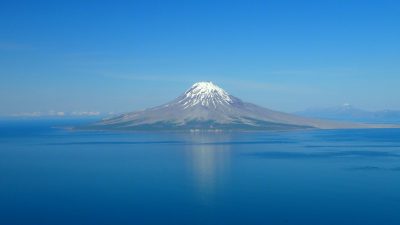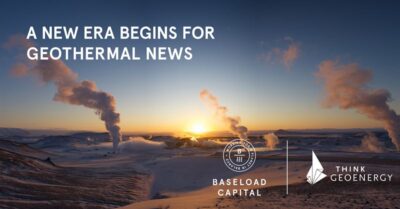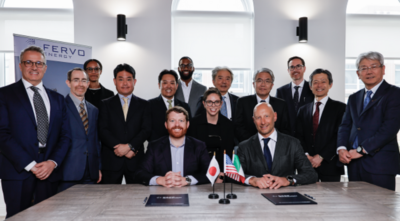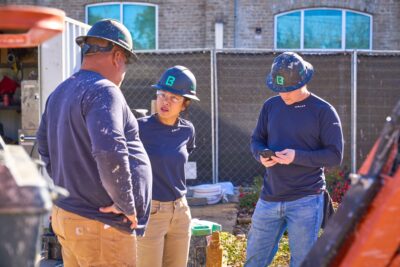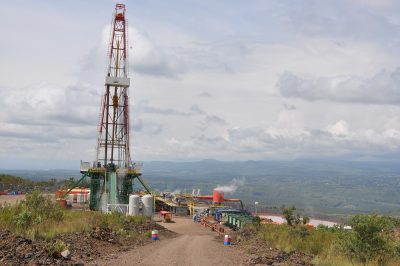Financing currently the most critical element in geothermal growth
Financing is currently the most critical element in geothermal growth so the CEO of Vulcan Power Company, Robert Warburton in a recent interview.
… so the CEO of Vulcan Power Company in a recent interview with Earth2Tech.com. According to the article there, Vulcan has “some 170,000 acres of geothermal properties in four Western states including California and Nevada. Vulcan is currently developing geothermal plants totaling 300 MW of power, and it has signed 180 MW of long-term power purchase agreements with utilities, with another 120 MW currently under negotiation.
Earth2Tech: Federal and state policies such as renewable portfolio standards and the Recovery Act largely fueled the U.S. geothermal industry’s growth last year. Could the loss of some of these drivers mean the industry will struggle to expand?
Robert Warburton: From our point of view, renewable energy is a clear focus in this country now and we don’t foresee that going away. The key is to bring the cost of [geothermal] down. There are firms out there — design firms and equipment suppliers –- who are working on more efficient geothermal technology and making projects more cost effective. So there are efforts going on, private and federally funded, to improve drilling techniques and the success rate of drilling. But geothermal on its own is already pretty cost competitive with grid pricing at this point.
E2T: How important is technology for the growth of the industry? Is technology the linchpin to making geothermal a large portion of the nation’s energy mix?
RW: I think financing is probably the most critical piece because geothermal is a capital-intensive business. Technology would follow after that to the extent you can be more efficient with your drilling — lower cost of drilling a well –- and improve your ability to find the resources. Typically you may assume that you drill 10 wells and two or three will be dry. If you can drill 10 but only one is dry, you just reduced your upfront costs. But over the next several years the key component will be access to capital. The current technology is robust enough to support the growth projections by the [Geothermal Energy Association].
E2T: We don’t hear as much about geothermal energy as we do about other forms of renewable energy, and it seems venture capitalists, with a few exceptions, have largely ignored the sector. Do you think the industry has failed to capture the imagination of investors and, if so, what needs to happen to change this?
RW: Its growth isn’t as high as other renewable energy. People put up 1000 MW wind farms. Geothermal is pretty much confined to the Western U.S., and that has had an impact. Plants tend to be in sizes of 20-60 MW, and that doesn’t capture the attention of the general population. Also, it hasn’t been as evident in the marketplace that geothermal is a very reliable and cost-effective renewable energy strategy. But I think that is becoming more the case now, and there is a focus within the industry in making it known.
E2T: Do venture capitalists have a role in geothermal?
RW: I don’t know that I’d call it an explosive new technology. There are steady advancements in technology but not what I’d call game-changing technology. But as investment firms get more comfortable with the drilling risk and the ability of firms to deliver, I think you’ll see more investment.
E2T: Where do you see opportunities in geothermal for startups?
RW: Potentially on the drilling side, but there is a lot of competition. Also on the equipment supply side, maybe to come up with a more efficient system to extract that energy. There are a number of firms working on technology to extract energy from lower fluid temperatures [see for example, Raser Technologies’ use of so-called Kalina conversion technology]. Right now, the main focus on geothermal is to find fluids typically above 275°F or 300°F but to the extent that you can use lower temperature fluids, it opens up more opportunities from a drilling point of view. You could use fluids that in the past weren’t hot enough to be used by the existing technology.”
Source: Earth2Tech.com

